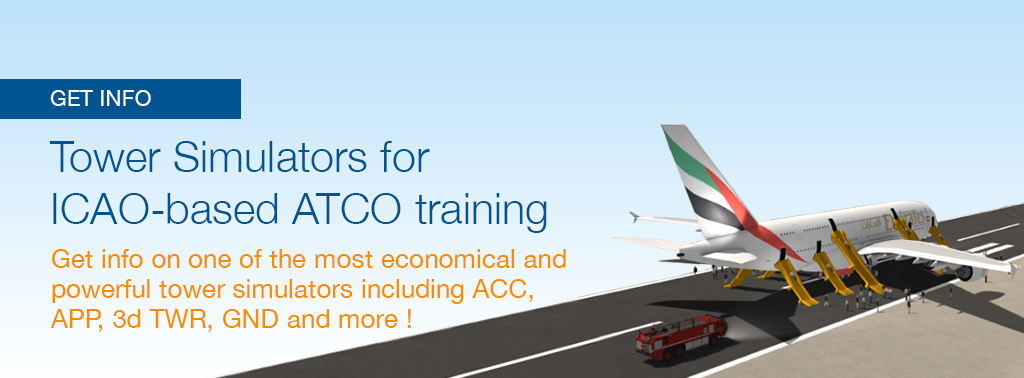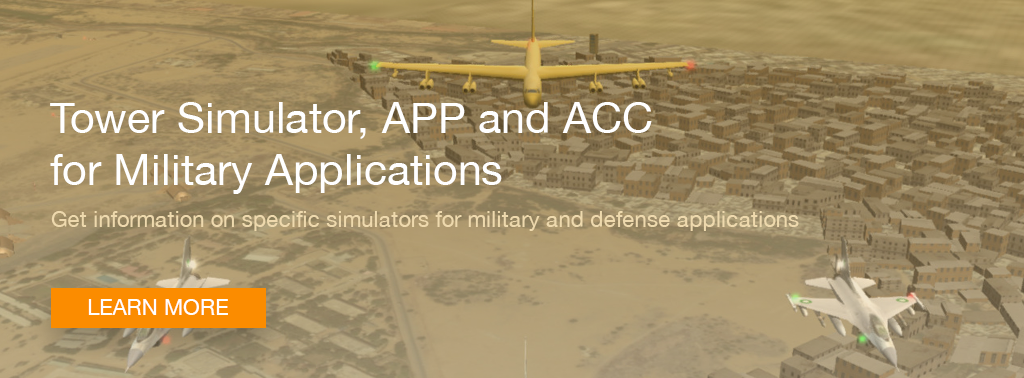Rescue Coordination Centres are established to coordinate and ensure effective organization of search and rescue operations.
In the aviation industry role of search and rescue operations cannot be neglected. Before understanding the functioning of the Rescue Coordination Centre, we must equip ourselves with some important information. Column 19 of the Flight Plan includes supplementary information. This information is of vital importance when an aircraft is confronted with an emergency stage.
This information is related to search and rescue activities. Search and rescue appear to be similar but both services have a distinct role to play. Locating the people confronted with emergency conditions is called search. Evacuating the people in need of help from the place of danger to some safe area is called rescue. Search and rescue services require widespread communication and collaboration among Search and rescue facilities and different stakeholders. This sudden and excessive interaction is required at local, national, international, or global levels. Hence search and rescue management is an integrated system that is a combination of sophisticated equipment and trained professionals.
SEARCH AND RESCUE SYSTEM STRUCTURE
EMERGENCY LOCATOR TRANSMITTER BEACON
As the name indicates it is a transmitter that transmits the signal. It is powered by an independent power supply system based on a battery. Emergency locator Transmitter Beacons initiate an audio alert. This alert is generated through an impact during an accident. Now the question may come to your mind Why during an accident when the structure is collapsed? During an accident, excessive G-forces are originated. In response to these G-forces, the transmitter gets activated and starts transmitting an emergency signal. Depending on the infrastructure of equipment some of the ELTs can be triggered through remote control or a button. Every aircraft is required to be equipped with ELTs. And the same has to be mentioned under column 19 of the International Civil Aviation Organization flight plan for every flight. An aircraft cannot be allowed to carry out operations without it.
SATELLITES
Not every satellite can be included in search and rescue operations. Only those satellites that are equipped with the required equipment can participate. COSPAS-SARSAT satellite system serves this purpose. Fly over beacons is connected with search and rescue satellites. The function of this equipment is to generate an emergency signal upon receiving of distress signal from an Emergency Locator Transmitter beacon.
LOCAL USER TERMINAL
The emergency signal from satellites is recovered by the local user terminal. The local user terminal processes this emergency signal to identify the exact position from where the distress signal has been generated. After identification of the geographic location for the source of signal, it transmits the signal carrying its information to the associated Mission Control Centre.
MISSON CONTROL CENTRE
It receives signals from various beacon sources through various local user terminals as well as other mission control centres.
It collects, stores, and sorts the data from different beacons.
Signals that are related to the same beacon are merged for bringing more accuracy to the identification of location. Once the location has been determined the Mission Control Centre transmits this information to the concerned Rescue Coordination Centre.
RESCUE COORDINATION CENTRE
These units are established for receiving a distress signal from Mission Coordination Centre(s) and initiating an effort in response to it. This unit operates 24/7.
The Rescue Coordination Center has a defined area of responsibility. It has to coordinate among different stakeholders including various Rescue Sub Centres, local, government, and public sector services even if not part of a search and rescue organization. This may include but is not limited to Civil Defence, Railway Structures, Maritime, National Airlines, Telecommunication, Military, Disaster Management services, etc. The complexity of the coordination depends on the scope of operation. The greater the Horizon of operation, the greater will be the complexity of coordination. For this complex coordination, various telecommunication facilities are required to generate a flawless communication system. ATS Channels or the installation of an INMARSAT earth station can serve the purpose of reliable communication.
Rescue Coordination Centre must have Aeronautical Charts, Topographic and hydrographic charts that can be applied to SQL Server Reporting SRR. It must also be provided with a planning extension. The function of planning extension should enable the unit for plotting charts for changes. Planning extension can also support planning search and rescue operations by creating blueprints in an efficient way. One of the biggest advantages of the applicability of charts with SQL Server Reporting Service is data analysis.
Radars Scopes in Rescue Coordination Centre can play a vital role. A unit within RCC can be established for real-time monitoring of aircraft in order to identify the warning signals. These warning signals may be visual or systematic. For instance, aircraft in an emergency or facing any distress condition will change its squawk code to 7700. Apart from it, close observation of the traffic in real-time helps in bringing more efficiency. These radar scopes are backed by Air Traffic Management System. As the world has started adopting to SWIM concept hence all ATM systems should be developed based on the infrastructure that supports interoperability. The requirement for the identification of aircraft is not complete without analysing distance. This distance is calculated in ATM based on the reference of a point or an object. At some points, designated names have not been allotted to points. Although all points on radar scope represent specific coordinates. If an aircraft in need of search and rescue is located in an area not defined by a significant point then its position is in reference to the coordinates. All the Air Traffic Management Systems have a synchronized system of coordinates. And these coordinates are required to be calibrated for the perfect identification of an aircraft. In the case of moving objects like an aircraft, the distance calculation is easy. This ease in tracking is due to the locking of the target that appears on the scope which becomes easy. But in a case where the target is lost and signals last received or being received are from reference to a coordinate. In such a case selection of exact coordinate or locking of stationary un-defined target become difficult. This difficulty is due to a selection issue related to the size of the target that is so minute that a slight drift while selection can impact the accuracy of the scale. This is the same reason why at times distance calculated for the same points by different ATMs under later cases appears to be different. If ATM systems will be developed based on the Service Oriented Architecture, then we can ensure interoperability between different systems. And by calibrating these interoperable radar system’s four concentric circles in a coordinate plane can bring accuracy in position detection of an aircraft as well as the distance from it. We all know the importance of rapid response in rescue services. Earlier we can detect the location of occupants in need of search and rescue better we can respond to such situations. Real-time monitoring helps in minimizing the time for identification and provides better situational awareness to the observer.





